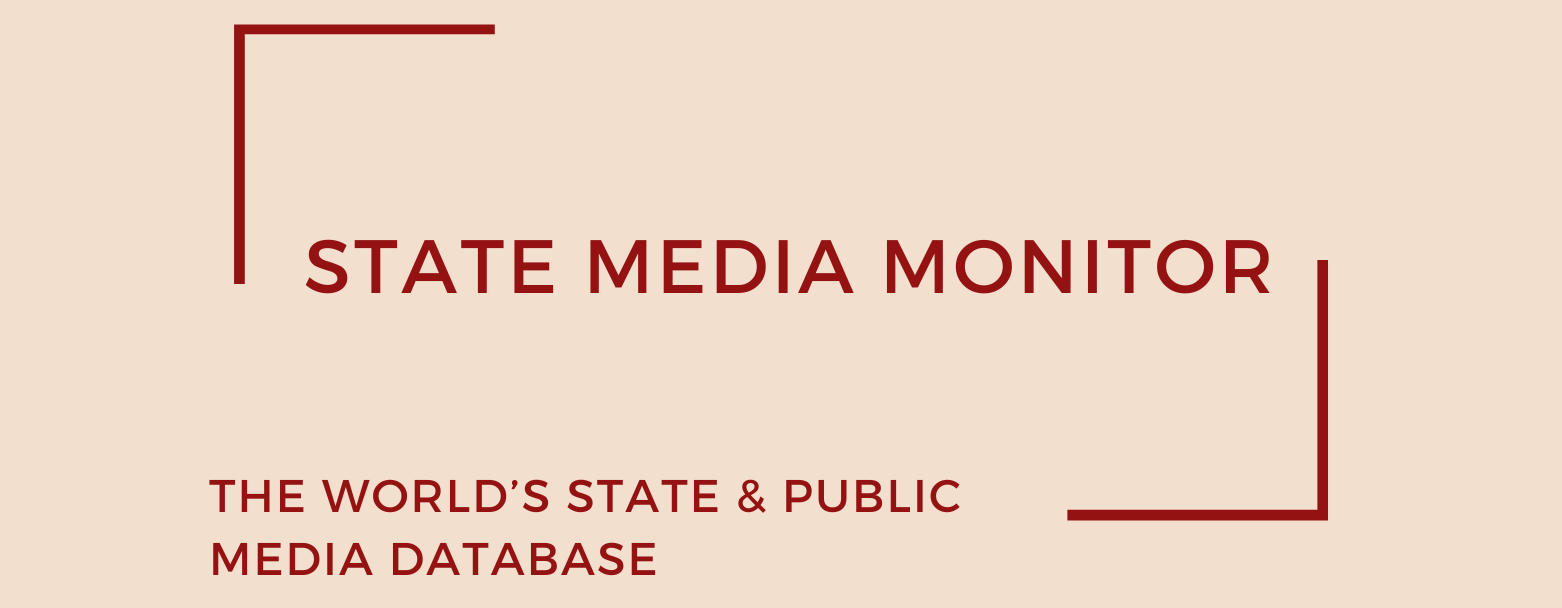Radio Television of Vojvodina (RTV)
Based in Novi Sad, Radio Television of Vojvodina (Radio Televizija Vojvodine in Serbian; Vajdasági rádió és televízió in Hungarian; Radio Televizia Vojvodiny in Slovak; Radioteleviziunea Voivodinei in Romanian) is a regional public broadcaster in Vojvodina, a province of Serbia.
Media assets
Television: Rаdio television of Vojvodina 1, Radio television of Vojvodina 2
Radio: Radio Novi Sad 1 (Serbian), Radio Novi Sad 2 (Hungarian), Radio Novi Sad 3 (Croatian, Slovak, Rusyn, Romanian and Romany)
State Media Matrix Typology
Captured Public/State-Managed (CaPu)
Ownership and Governance
RTV is a state-owned public service broadcaster, established by the Republic of Serbia. It is governed under the same framework as the national public broadcaster, RTS, and supervised by the Regulatory Body for Electronic Media (REM). The broadcaster’s management board is appointed through this system, ensuring direct state involvement in oversight. In practice, this has allowed significant government influence over institutional leadership, financing, and editorial direction.
As of 2025, the General Director (CEO equivalent) is Goran Karadžić, who has overseen attempts to end the prolonged reliance on acting editors. In March 2025, Karadžić announced that competitions would be held to appoint permanent editors-in-chief and program directors across all units, requiring candidates to submit detailed program development plans. This marked a break with a period of interim management that had weakened editorial independence. Current program editors include Nenad Ćaćić, heading the First Television Program, and Andrea Juhas, in charge of the Second Television Program.
Source of funding and budget
Like RTS, RTV is financed through a mandatory public service fee, state budget transfers, and limited commercial income. The subscription fee, collected through electricity bills, was raised in July 2024 from RSD 299 (€2.55) to RSD 349 (€2.98) per household to cover rising operating costs. ). Revenues from the fee are split: in Vojvodina, 70% goes to RTV, with the remainder to RTS, while contributions from outside Vojvodina are channelled exclusively to RTS.
Editorial independence
RTV’s role as a minority-language broadcaster remains one of its most important contributions to the Serbian media system, providing services in Hungarian, Slovak, Croatian, Rusyn, Romanian, and Romany, in addition to Serbian. This strengthens its inclusiveness and regional legitimacy.
However, editorial independence is frequently questioned. Monitoring reports note that RTV, like RTS, often devotes significant airtime to “pseudo-events” generated by government offices or ruling party actors, reducing space for critical or investigative journalism. ). Studies by Serbian media organizations in 2024 documented continuous political pressure on editorial staff, with management boards populated by government loyalists shaping editorial lines.
The March 2025 decision to formalize editorial leadership positions through open competition was widely welcomed as a step toward stabilizing newsroom governance. Yet trade unions and staff continue to demand structural reforms, fairer pay coefficients, and compliance with the recommendations of the State Audit Institution, issues that remain unresolved.
September 2025
Citation (cite the article/profile as part of):
Dragomir, M. (2025). State Media Monitor Global Dataset 2025.
Media and Journalism Research Center (MJRC).
Zenodo.
https://doi.org/10.5281/zenodo.17219015
This article/profile is part of the State Media Monitor Global Dataset 2025, a continuously updated dataset published by the Media and Journalism Research Center (MJRC).
